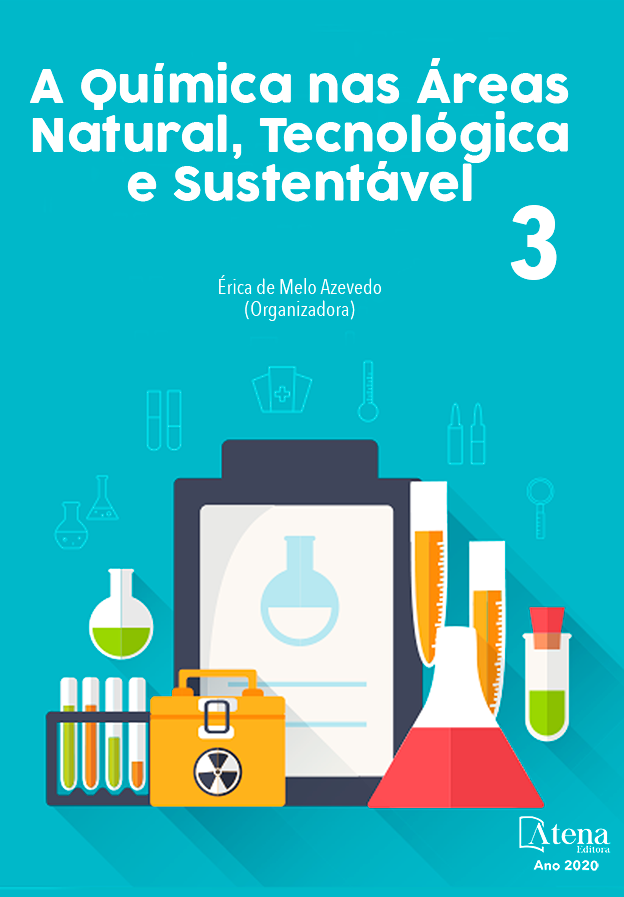
EXPRESSÃO DIFERENCIAL DA SUPERÓXIDO DISMUTASE E CATALASE DURANTE A GERMINAÇÃO DE Lactuca sativa L. EXPOSTA A METAIS PESADOS
Os bioensaios são ferramentas de monitoramento ambiental os quais é possível acompanhar processos fisiológicos importantes através de plantas modelo, bem como, determinar a influência de substâncias tóxicas e seus efeitos adversos nas plantas. Elementos químicos podem ser prejudiciais em concentrações consideradas toxicas, interferindo na ação enzimática devido a produção de espécies reativas de oxigênio. Sendo assim, se objetivou identificar entre os metais cobre (Cu), chumbo (Pb), níquel (Ni), alumínio (Al) e cádmio (Cd), qual induz maior atividade das enzimas antioxidantes, superóxido dismutase (SOD) e catalase (CAT), em sementes de Lactuca sativa L. Para o bioensaio, foram distribuídas 50 sementes em placas de Petri sobre dupla camada de papel, contendo 0,1 mL de solução por semente em diferentes concentrações: 50; 100; 250 e 500 µM para cada metal pesado testado (CuSO4, PbSO4, NiSO4, Al2(SO4)3, CdSO4). O delineamento experimental foi inteiramente casualizado com 5 tratamentos (0, 50, 100, 250 e 500 µmol) e 4 repetições com 50 sementes e 5 mL de solução por placa de petri. A atividade da SOD observada em plântulas de L. sativa que não foram expostas aos metais, quando comparado com as plântulas submetidas aos mesmos em concentrações intermediarias de Cu e Ni, está relacionada a um possível estresse inverso. Quando expostas aos diferentes metais, esses causam maior atividade para a CAT em plântulas de L. sativa, provavelmente está relacionada a ausência de modificadores pós-traducionais, sendo esses, responsáveis pela inibição da atividade enzimática.
EXPRESSÃO DIFERENCIAL DA SUPERÓXIDO DISMUTASE E CATALASE DURANTE A GERMINAÇÃO DE Lactuca sativa L. EXPOSTA A METAIS PESADOS
-
DOI: 10.22533/at.ed.84220170913
-
Palavras-chave: Alface; bioensaio vegetal; sistema antioxidante; chumbo; cádmio.
-
Keywords: Lettuce; plant bioassay; antioxidant system; lead; cadmium.
-
Abstract:
The Bioassays are tools for environmental monitoring which allow the monitoring of important physiological processes through model plants, as well as determining the influence of toxic substances and their adverse effects on plants. Chemical elements can be harmful in concentrations considered toxic, interfering with the enzymatic action due to the production of reactive oxygen species. Therefore, the objective was to identify copper (Cu), lead (Pb), nickel (Ni), aluminum (Al) and cadmium (Cd), which induces greater activity of antioxidant enzymes, superoxide dismutase (SOD) and catalase (CAT), in seeds of Lactuca sativa L. For the bioassay, 50 seeds were distributed in Petri dishes on double layer of paper, containing 0.1 ml of solution per seed in different concentrations: 50; 100; 250 and 500 µM for each heavy metal tested (CuSO4, PbSO4, NiSO4, Al2 (SO4) 3, CdSO4). The experimental design was completely randomized with 5 treatments (0, 50, 100, 250 and 500 µmol) and 4 repetitions with 50 seeds and 5 mL of solution per petri dish. The activity of SOD observed in seedlings of L. sativa that were not exposed to metals, when compared to seedlings submitted to them in intermediate concentrations of Cu and Ni, is related to a possible inverse stress. When exposed to different metals, they cause greater activity for CAT in seedlings of L. sativa, it is probably related to the absence of post-translational modifiers, which are responsible for inhibiting enzymatic activity.
-
Número de páginas: 14
- Marília Carvalho
- Kamilla Pacheco Govêa
- Giselle Márcia de Melo
- Marília Mendes dos Santos Guaraldo
- Heloisa Oliveira dos Santos
- Sandro Barbosa
- Antonio Rodrigues da Cunha Neto


